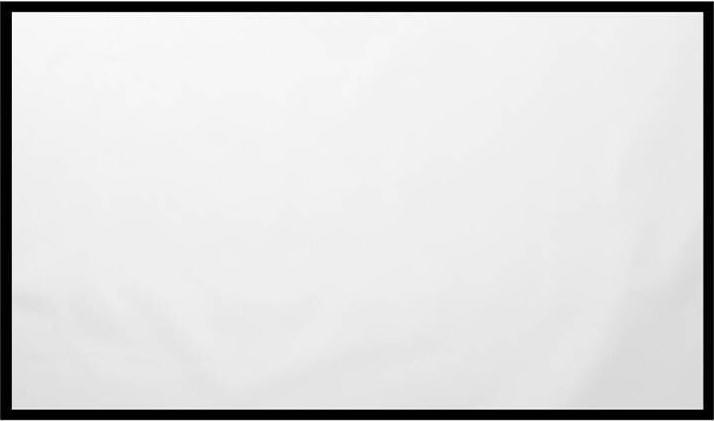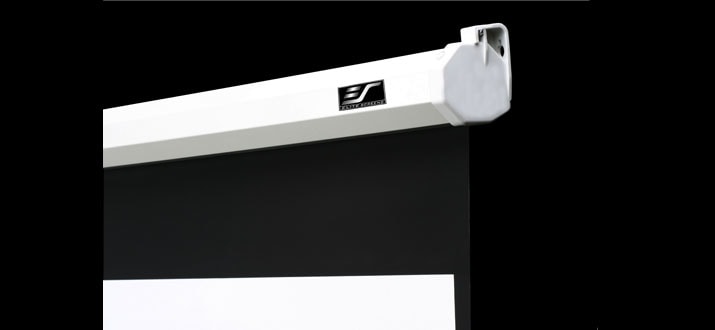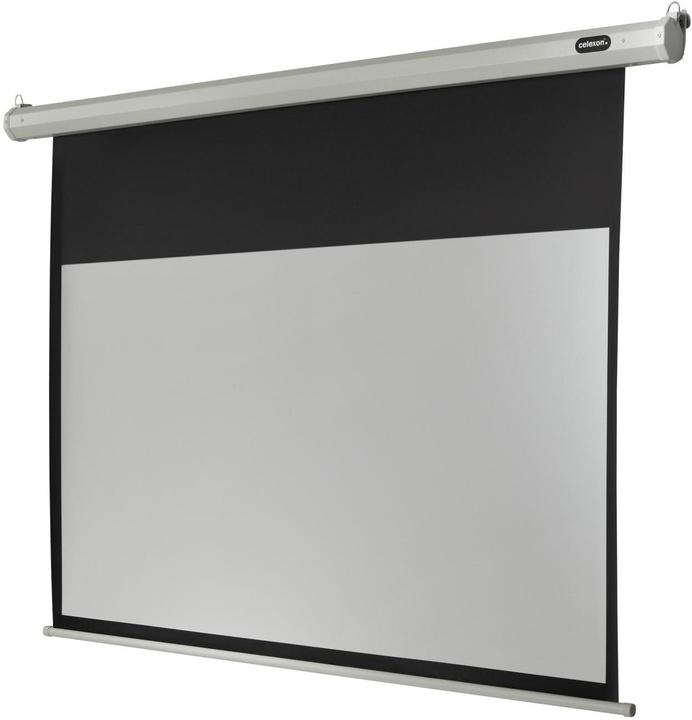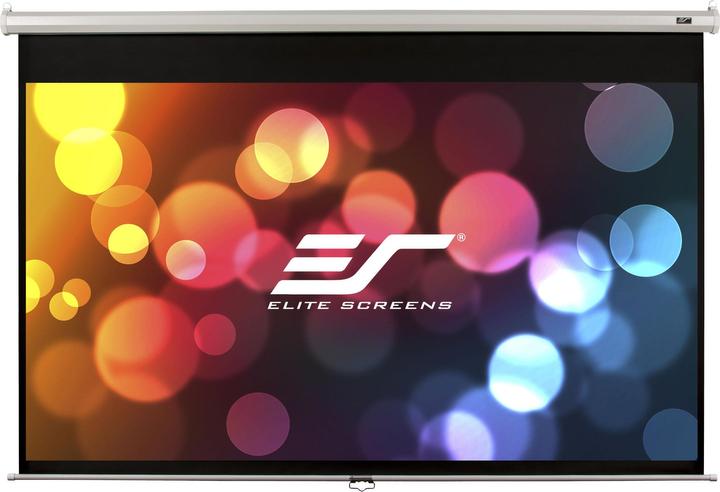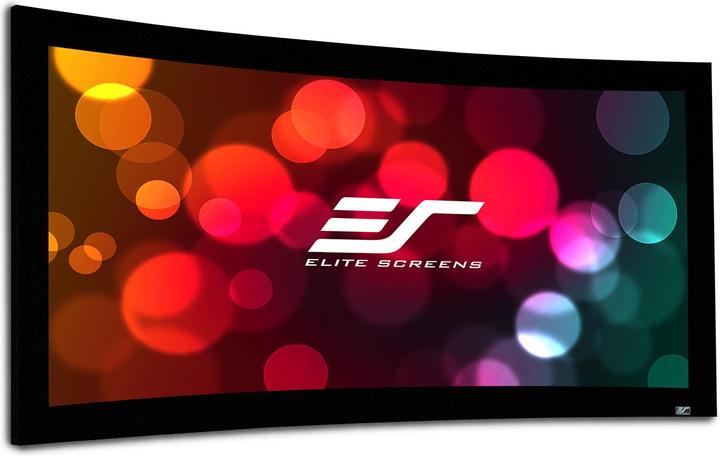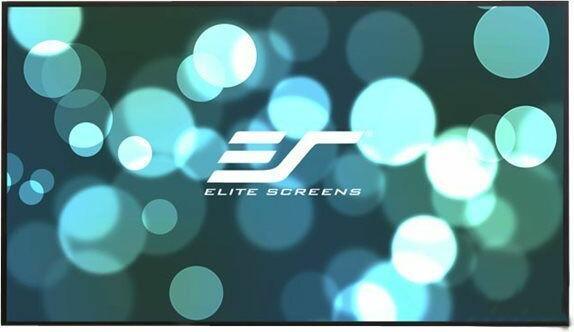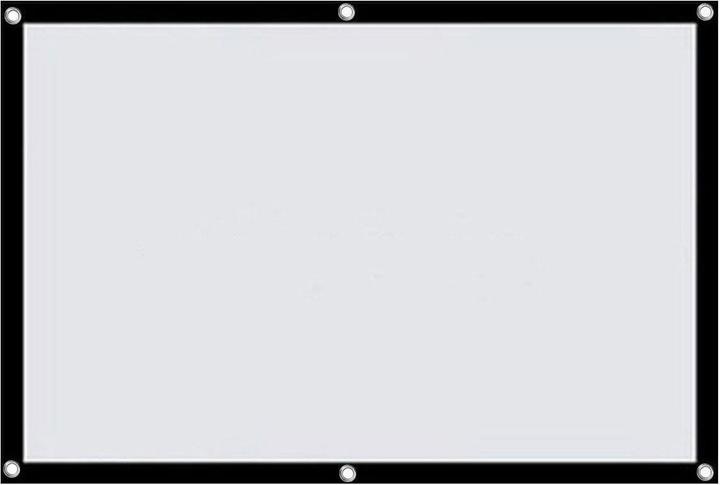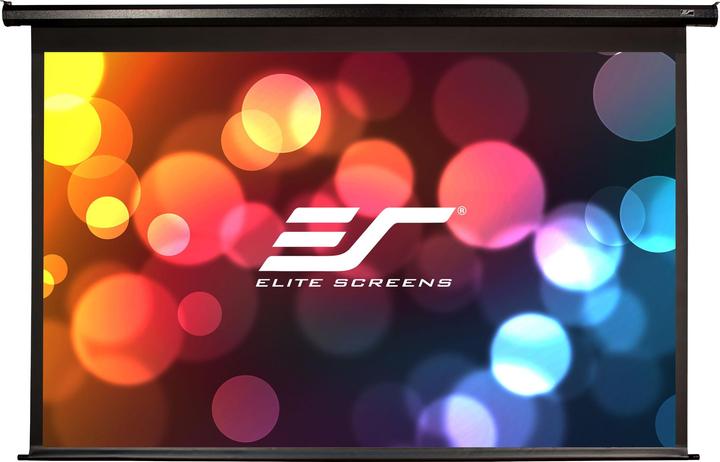
Too Many Projector Screens? Here's How to Choose the Right One
Consider these five essential factors when selecting the perfect projector screen for your needs.
Last updated 4 days ago. Automatically generated content.
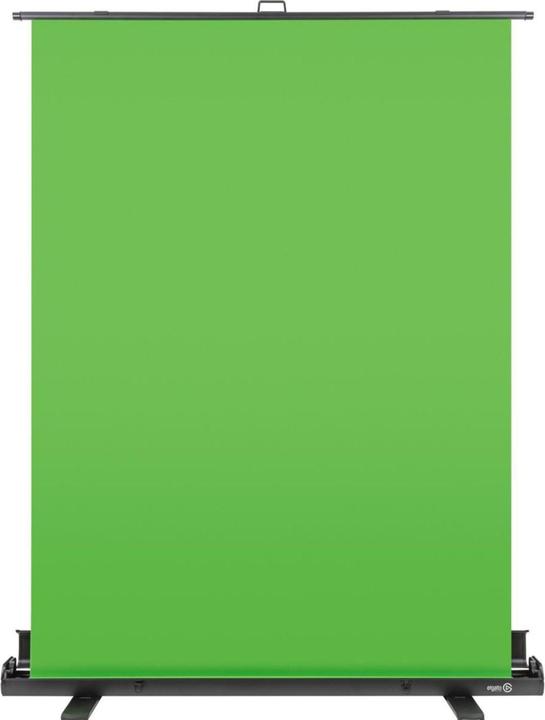

Select options and limit the number of products
The type of projector screen determines its setup and operation, impacting convenience and suitability for different environments. Selecting the right screen type enhances viewing experience by ensuring ease of use and optimal image display.
Popular options (you can select more than one)
Motorized
Typical price
490,– to 1100,–Features an automated mechanism for screen retraction and deployment, operated via remote control or switch.
Ideal for frequent use in professional settings, offering convenience and ease of operation without manual effort.
Bestseller
Fixed frame
Typical price
680,– to 1200,–Consists of a permanently mounted frame with a tensioned screen for flat, stable projection surface.
Best for dedicated home theaters or presentation rooms, ensuring consistent image quality and no risk of screen movement.
Bestseller
Manually operated (rollo mechanism)
Typical price
160,– to 370,–Uses a spring-loaded roll-up mechanism for manual screen retraction and deployment.
Suitable for occasional use in spaces where automated systems are not necessary, providing a cost-effective solution.
Bestseller
The diagonal size of a projector screen affects the viewing experience by determining the overall display area and how immersive the presentation feels. Choosing the appropriate diagonal size is crucial for ensuring that the screen fits well in your space and provides optimal visibility from various seating positions.
Popular options
70 - 100"
Typical price
170,– to 570,–Compact size suitable for small to medium rooms or personal use.
Offers a versatile viewing experience without overwhelming the space, ideal for home theaters or classrooms.
Bestseller
101 - 130"
Typical price
360,– to 940,–Medium size that suits larger rooms or professional environments.
Provides a more immersive viewing experience, enhancing presentations and cinema-like feel in home theaters or conference rooms.
Bestseller
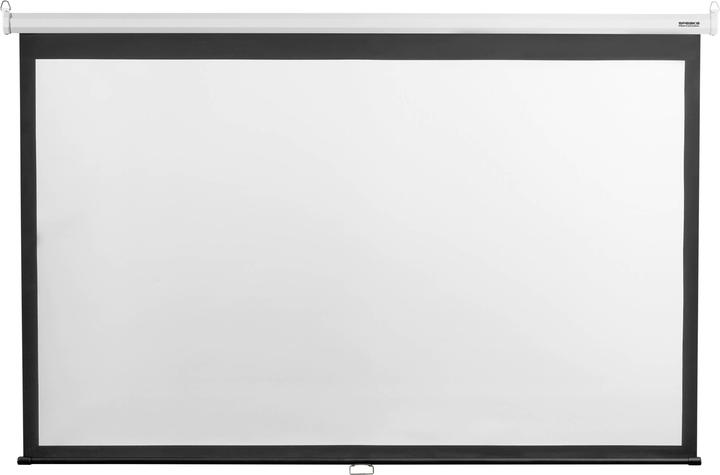
SpeaKa Professional Rollo screen Speaka projection surface 2.65x1.49 m (120")
120.08", 16:9
131 - 160"
Typical price
640,– to 1300,–Large size designed for expansive spaces or commercial setups.
Ensures maximum visibility and impact, perfect for auditoriums or large-scale events where audience engagement is key.
Bestseller
Projection height determines the vertical size of the image displayed on the screen, impacting visibility and viewing comfort. Selecting the right height is crucial for ensuring that everyone in the audience can view the content clearly, especially in various room sizes and seating arrangements.
Popular options
100 - 135 cm
Typical price
200,– to 610,–Suitable for small to medium-sized rooms, offering a compact image height.
Ideal for personal use or small gatherings, ensuring clear visibility within limited spaces.
Bestseller
136 - 170 cm
Typical price
360,– to 990,–Provides a medium-sized projection height, enhancing visibility for larger groups.
Recommended for moderate-sized venues or living rooms, offering balanced viewing for several viewers.
Bestseller
171 - 230 cm
Typical price
360,– to 1100,–Supports large image heights, suitable for spacious rooms and auditoriums.
Perfect for presentations or movie screenings, ensuring everyone can see from a distance.
Bestseller
Aspect ratio refers to the proportional relationship between the width and height of a projector screen, influencing how images are displayed. Choosing the right aspect ratio ensures the content fits well, providing a seamless and immersive viewing experience.
Popular options (you can select more than one)
16:9
Typical price
360,– to 1100,–The standard aspect ratio for most home theater setups and HD content, offering a widescreen format.
Ideal for viewing movies, TV shows, and video games, providing a cinematic experience with minimal black bars.
Bestseller
4:3
Typical price
230,– to 750,–A traditional aspect ratio that offers a more square-like format, suitable for older content.
Perfect for presentations and classic films, ensuring content is displayed without distortion.
Bestseller
21:9
Typical price
990,– to 1600,–An ultra-wide aspect ratio designed for a more immersive cinematic experience, mimicking the format used in movie theaters.
Ideal for film enthusiasts who want to replicate the theater experience at home, reducing black bars on widescreen movies.
Bestseller
Projection type refers to the method used by a projector to display images on a screen. It is essential in determining the setup and viewing experience, affecting factors like space requirements and image quality.
Popular options (you can select more than one)
Front projection
Typical price
290,– to 890,–The projector is placed in front of the screen, projecting images directly onto it.
Ideal for traditional setups, providing bright and clear images suited for large venues or home theaters.
Bestseller
Ultra-short-throw
Typical price
680,– to 1200,–Designed to project images from a very short distance, often less than a foot from the screen.
Perfect for small spaces, reducing shadow interference and enabling large projections without extensive room setup.
Bestseller
Rear projection
Typical price
260,– to 1500,–The projector is placed behind the screen, projecting images through it.
Minimizes shadows and obstructions, making it suitable for professional environments or installations requiring a clean front view.
Bestseller
